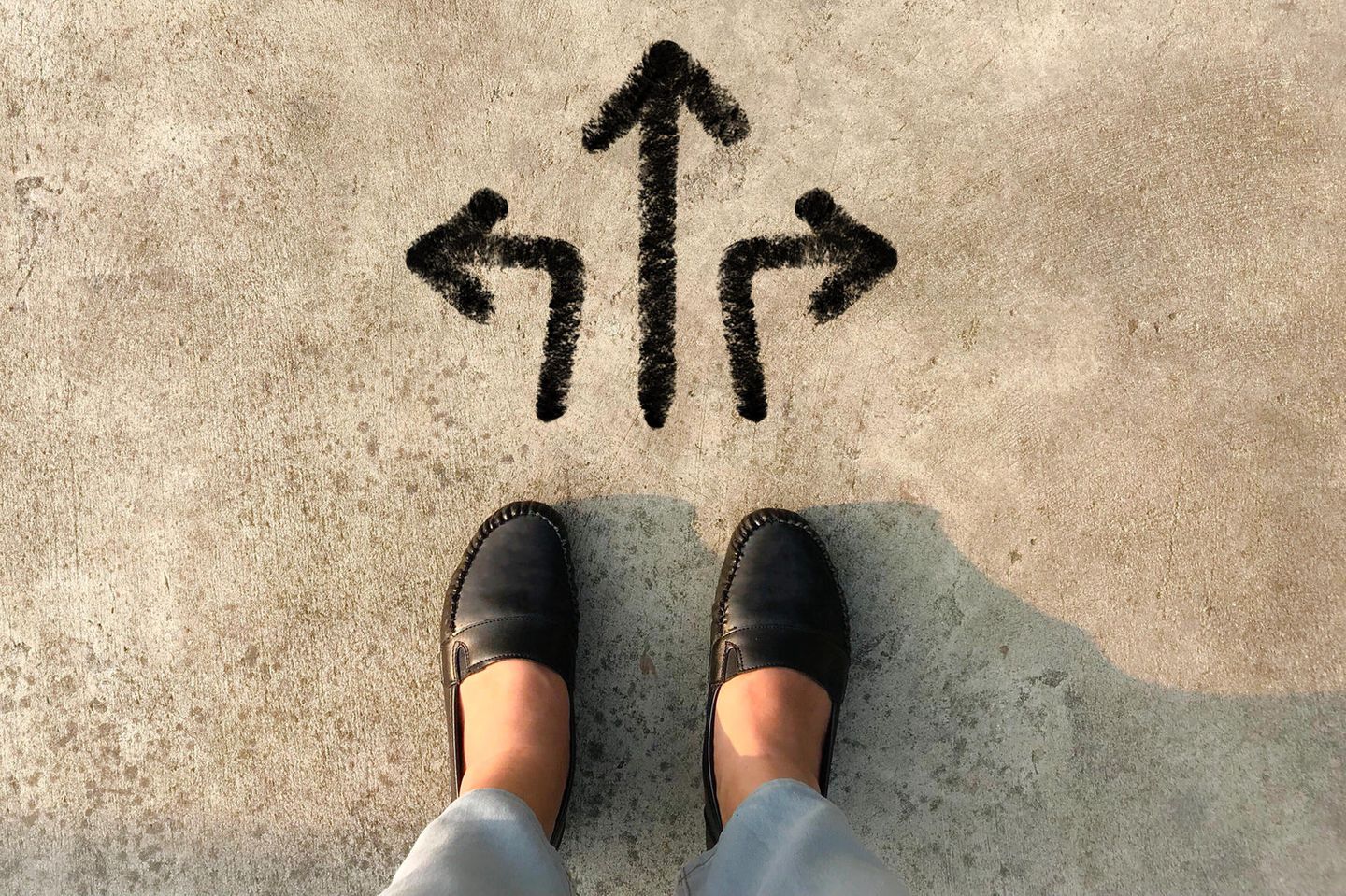STOP rule
This is how you make better decisions – especially when you are stressed!
© AmySachar/Shutterstock
The more stressful a situation, the worse the decisions you make? Then you should definitely try the STOP rule!
Who can confirm that: We function best when we are relaxed and can concentrate on one thing. Feet up, mug Tea in front of you, cell phone somewhere in a parallel universe, and everything is easy. In such situations we often have the best ideas and make excellent decisions. On the other hand, if we are under pressure – we get an e-mail here, hear our daughter calling and see the clock running faster and faster in the upper right corner of the monitor – it is more difficult to keep track of things and make prudent decisions. Too bad that the latter is unfortunately much more common in everyday life than the variant idleness! But how good that there is a solution to the problem: the STOP rule.
How does the STOP rule work?
The STOP rule is a method with which we can purposefully break away from a (stressful) situation in order to sort our thoughts. It was developed by the author and consultant Timothy Gallwey back in the 1970s, but it is apparently still popular in the coaching field today. Business coach and “allesimfluss” publishing founder Frank Pyko explains the purpose of the strategy to the manager magazine “Impulse”: “The purpose of a STOP is to recognize what is really important. That enables better decisions.” And we believe that immediately!
The following four steps are part of a STOP and should help us to distinguish the important from the unimportant:
1. S—Step back
In stressful situations we tend to act blindly and “just do it somehow”. We have to counteract this impulse with the first step of a STOP – by deliberately pausing, i.e. stopping all activities, leaning back in our imagination, taking a deep breath and ideally removing our thoughts from the current situation and maybe thinking of something else.
2. T—Think
In the second step, we mentally return to the current situation and analyze it by entering into a dialogue with ourselves. The following questions may be helpful in this step:
- What is happening now?
- What’s up?
- How am I doing mentally and physically?
- What do I really want?
- What is the best or the worst that can happen?
- Or: What are the three most important questions for me now?
3. O – Organize your thoughts and options
Step three is to sort our thoughts and weigh decision options. Questions like:
- What alternatives do I have?
- Where are my priorities – and where should they be?
- What do I need to be able to make better decisions?
- What can I do without?
This step should give us a rough idea of what to do next – because…
4. P—Proceed
… now we have already reached the end of the STOP: to continue. Now we should be able to pick up what we left off at S and proceed calmly.

How practical is the STOP rule in everyday life?
Admittedly, putting in such a STOP when there’s a fire in five different corners may sound like an impossibility at first. In fact, it would often be sensible and helpful if we did – after all, we usually function better leaning back and with our feet on the table, and it rarely burns really in five corners at the same time, but only in our perception. Depending on the situation, 30 seconds are sometimes enough to take a fresh look at the situation and to relax internally, but investing more time is almost always worth it.
In order to integrate the STOP rule into everyday life, it makes sense to initially make a specific decision to apply it regularly – e.g. B. three times a week – and afterwards to make a note of how it went. In this way, we accustom our brain to starting the process in stressful situations. After a while we will do it automatically. And if you are still undecided what to think of it: a good opportunity for the first STOP!

